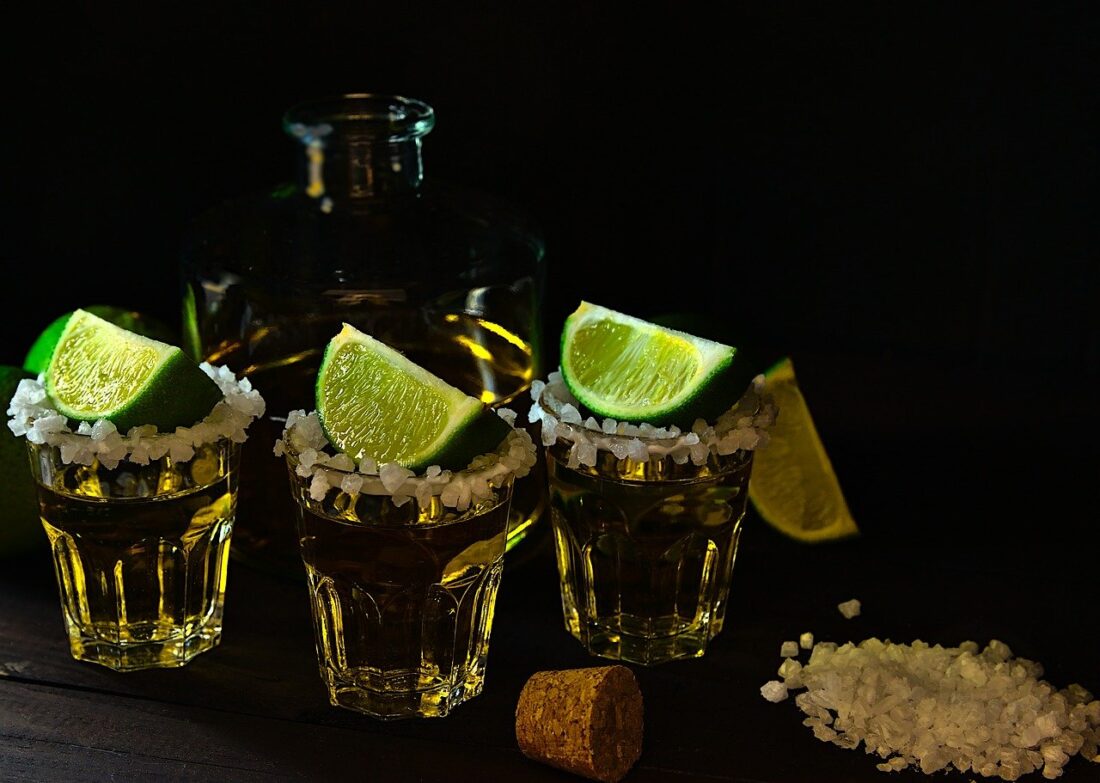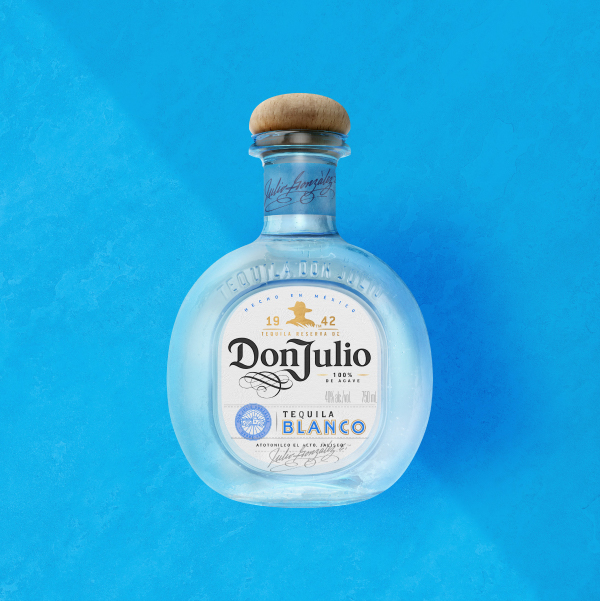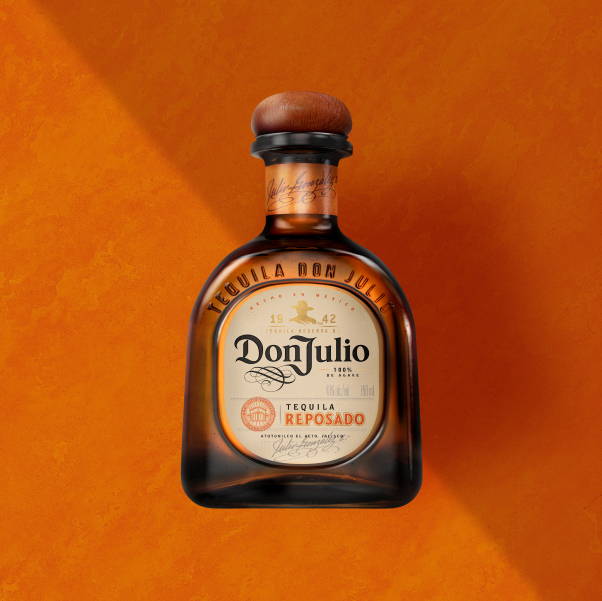
If you are a tequila enthusiast or just enjoy the occasional margarita, you may have noticed the terms “blanco” and “reposado” on the label of your favorite tequila bottle. These terms refer to the two main types of tequila, and understanding the difference between them can help you choose the right tequila for your taste buds.
Table of Contents
Facts About Blanco
Blanco tequila is a popular type of tequila that is bottled immediately after distillation. It is also known as silver or white tequila. Here are some facts about blanco tequila that you should know.
 photo credit: www.donjulio.com
photo credit: www.donjulio.com
History of Blanco
Blanco tequila has a long history that dates back to the 16th century, when the Spanish conquistadors arrived in Mexico. They brought with them the knowledge of distillation and the blue agave plant, which is used to make tequila. The first tequila distillery was established in the town of Tequila in the 1600s, and blanco tequila has been produced ever since.
How is Blanco Made?
Blanco tequila is made from 100% blue agave that is grown in the Tequila region of Mexico. The agave is harvested and the leaves are removed to reveal the core, or “piña.” The piñas are cooked in ovens or autoclaves to convert the starches into sugars. The cooked piñas are then crushed to extract the juice, which is fermented and distilled. Finally, the tequila is bottled immediately after distillation.
Types of Blanco
There are different types of blanco tequila, depending on the production method. Some are produced using traditional methods, while others are made using modern techniques. Some are also aged for a short period in oak barrels to give them a slightly golden color and a smoother taste. However, most blanco tequilas are bottled immediately after distillation.
Price Range of Blanco
The price of blanco tequila varies depending on the brand and quality. You can find some affordable options that are perfect for mixing in cocktails, while others are more expensive and are best enjoyed neat or on the rocks. Generally, the price range for blanco tequila is between $20 and $50.
Notable Brands of Blanco
There are many notable brands of blanco tequila, including:
- Patrón
- Don Julio
- Jose Cuervo
- Sauza
- Cazadores
These brands are known for their high-quality tequilas that are perfect for sipping or mixing in cocktails.
Facts About Reposado
Reposado tequila is one of the most popular types of tequila in the world. It is known for its smooth taste and unique aroma, which is different from other types of tequila. Here are some interesting facts about Reposado that you should know.
 photo credit: www.donjulio.com
photo credit: www.donjulio.com
History of Reposado
Reposado tequila has a rich history that dates back to the early 20th century. The first Reposado was produced in 1918 by a distillery in Mexico. The distillery was looking for a way to differentiate its tequila from other brands, and so it decided to age the tequila in oak barrels. The result was a smoother, more complex tequila that quickly became popular among tequila enthusiasts.
How is Reposado Made?
Reposado tequila is made using the same process as other types of tequila. The only difference is that it is aged in oak barrels for a period of two to twelve months. The aging process gives the tequila a unique flavor and aroma that is different from other types of tequila. The oak barrels also give the tequila a slight amber hue that is not present in other types of tequila.
Types of Reposado
Reposado tequila comes in different types, depending on the aging process. Some Reposados are aged for only two months, while others are aged for up to twelve months. The longer the Reposado is aged, the smoother and more complex its flavor becomes. Reposado tequila that is aged for less than six months is considered “young,” while Reposado tequila that is aged for more than six months is considered “mature.”
Price Range of Reposado
Reposado tequila is available at different price points, depending on the brand and the aging process. Generally, the longer the Reposado is aged, the more expensive it is. A good quality Reposado can range from $30 to $60 per bottle, while a premium Reposado can cost up to $100 or more.
Notable Brands of Reposado
There are many notable brands of Reposado tequila, each with its own unique flavor and aroma. Some of the most popular brands of Reposado include Herradura, Patron, and Casamigos. Each of these brands offers a high-quality Reposado tequila that is perfect for sipping or mixing into your favorite cocktail.
Blanco vs Reposado
If you’re a tequila lover, you’ve probably heard of Blanco and Reposado. These two types of tequila are the most common and are often used in cocktails. However, there are significant differences between the two. In this section, we’ll explore the differences between Blanco and Reposado, so you can choose the right one for your taste.
Differences in Flavor
Blanco tequila is bottled immediately after distillation. It is clear and has a fresh, crisp taste with a strong agave flavor. On the other hand, Reposado tequila is aged for at least two months and up to one year in oak barrels. This aging process gives it a smooth, mellow taste with hints of vanilla and caramel. The oak barrels also give Reposado tequila a slight amber hue.
If you prefer a tequila with a strong agave flavor, Blanco is the way to go. However, if you like a smoother, more complex taste, Reposado is the better choice.
Differences in Serving and Pairing
Blanco tequila is often used in cocktails like Margaritas, Palomas, and Tequila Sunrises. Its fresh, crisp taste and strong agave flavor make it perfect for mixed drinks. Reposado tequila, on the other hand, is often sipped straight or on the rocks. Its smooth, mellow taste and hints of vanilla and caramel make it a great sipping tequila.
When it comes to pairing with food, Blanco tequila pairs well with spicy dishes like tacos and enchiladas. Its fresh, crisp taste helps cut through the heat. Reposado tequila, on the other hand, pairs well with grilled meats like steak and chicken. The oak barrel aging gives it a smoky flavor that complements the charred flavor of grilled meats.
Conclusion
Choosing between Blanco and Reposado tequila comes down to personal preference.
If you prefer a tequila with a clean and crisp taste that highlights the natural flavors of the agave plant, then Blanco tequila is the way to go. Blanco tequila is bottled immediately after distillation, giving it a fresh and herbaceous flavor profile that is perfect for cocktails such as margaritas and palomas.
On the other hand, if you prefer a tequila with a richer and more complex flavor profile, then Reposado tequila is the way to go. Reposado tequila is aged for at least 2 to 12 months inside barrels, giving it a smooth and mellow taste with notes of vanilla, caramel, and oak.
Related Posts
If you’re interested in learning more about different types of spirits and how they compare, here are some related posts you might find helpful:
- Jim Beam vs Evan Williams: Which Bourbon Whiskey Comes Out on Top? This post compares two popular bourbon whiskey brands, Jim Beam and Evan Williams. You’ll learn about the history of each brand, the flavor profiles of their whiskeys, and which one might be best for your tastes.
- Uncle Nearest 1884 vs 1856: Which One Should You Try? If you’re a fan of whiskey, you might be curious about Uncle Nearest, a newer brand that’s been gaining popularity. This post compares two of their expressions, the 1884 and 1856, and gives you an idea of what each one tastes like.
- Jack Daniel’s vs Jim Beam: Which Whiskey Reigns Supreme? Jack Daniel’s and Jim Beam are two of the most well-known American whiskey brands out there. This post compares the two, looking at their histories, flavor profiles, and which one might be the better choice for different occasions.
- Brandy vs Whiskey: What’s the Difference? If you’re not sure what the difference is between brandy and whiskey, this post can help. You’ll learn about the different types of each, how they’re made, and what makes them unique.
Rum vs Whiskey: What’s the Difference? Rum and whiskey are both beloved spirits, but they’re quite different from each other. This post breaks down the differences between the two, including how they’re made, what they taste like, and which one might be best for different cocktails.



